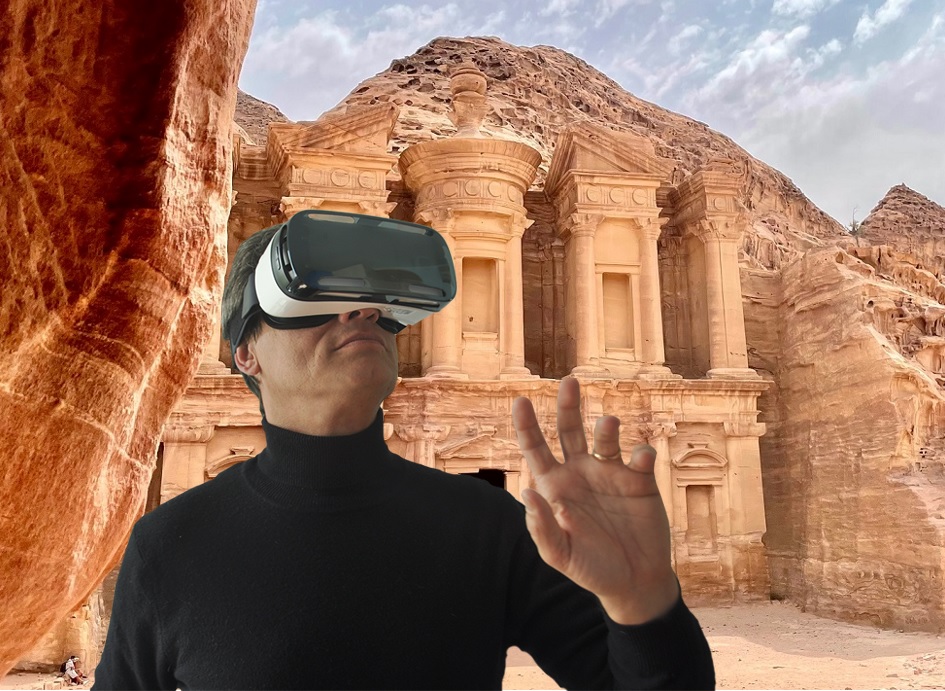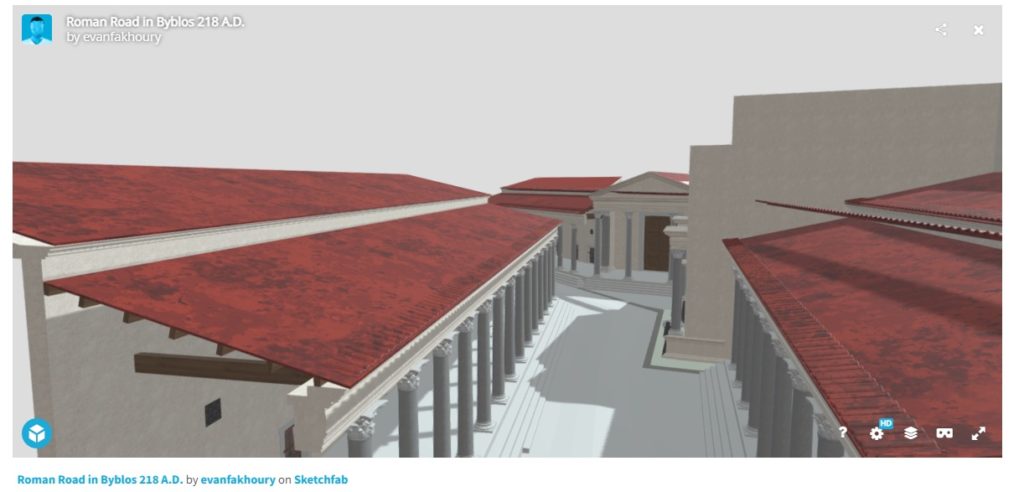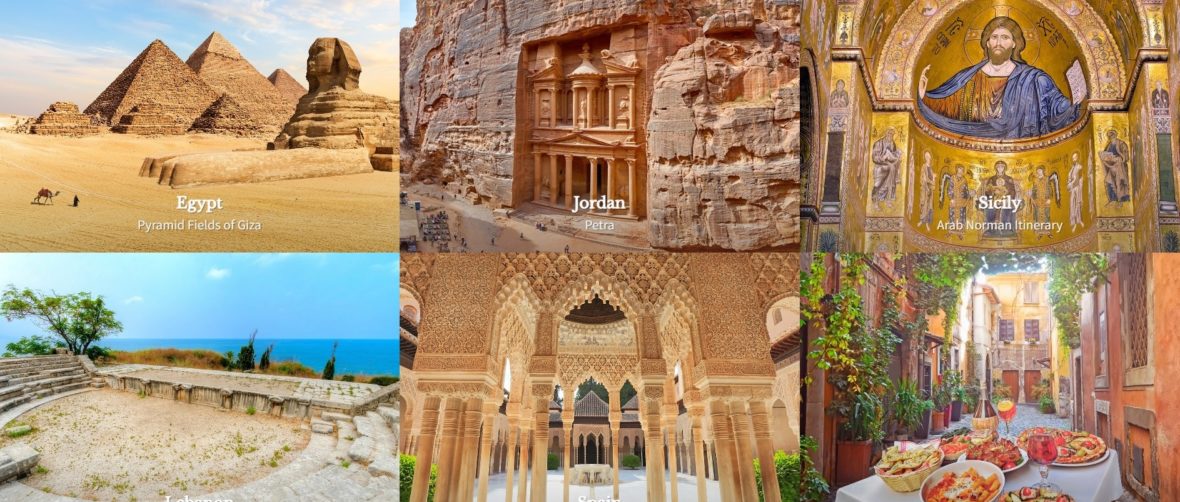The website www.iHeritage.eu has been online since June 17, 2022. It serves as promotional support for the iHERITAGE project, in which 6 Mediterranean countries are participating: Italy (Sicily), Egypt (Pyramids of Giza), Spain (Alhambra), Portugal, Lebanon (Byblos), Jordan (Petra)
iHERITAGE fornsce new solutions through an innovation-driven growth process to promote cross-border technology transfer, Living Labs, industry-university collaboration, and the creation of spin-offs and new products, leveraging new technologies and commercializing research results.
The content of this platform was created with financial assistance from the European Union under the ENI CBC Mediterranean Sea Basin Program. The contents and materials of the website are the sole responsibility of the Network of Castles and Medieval Cities and can in no case be considered as reflecting the position of the European Union or the management structures of the Program. Technological development and coordination is by Carraro LAB.
The site is divided into 3sections:
iHERITAGE: AR/VR experiences for UNESCO cultural heritage.
Unesco Intangible cultural heritage
Immersive formats and products
UNESCO INTANGIBLE CULTURAL HERITAGE
The UNESCO Intangible Cultural Heritage section hosts pages with text and images, organized according to a standard and uniform scheme. The first tabs uploaded are visible on the website.
External users will be able to propose, via e-mail, new content.
Instructions will be provided to Partners to upload their own cultural heritage sheets.
Intangible assets surveyed by UNESCO are classified into several categories:
Oral traditions and expressions, including language as a vehicle of intangible cultural heritage
Performing arts
Social practices, rituals and festive events
Knowledge and practices concerning nature and the universe
Traditional crafts
THE IMMERSIVE FORMATS AND PRODUCTS
The website presents the immersive formats and technological products provided by the iHeritage project with dedicated pages.

AR/VR GUIDED TOURS
iHERITAGE introduces AR/VR audio-video guides to some of the most important UNESCO cultural heritage sites in the Mediterranean. AR/VR audio-video guides create itineraries through Points of Interest (POI) within the archaeological site, which realize a reproduction of the real environment (digital twin). Interactive Hot Spots and audio commentaries are inserted into the 360-degree environment.
The paths are accessible in virtual reality and reproduce the current appearance or past reconstruction of the archaeological environment.
3D RECONTEXTUALIZER
Archaeological heritage is enjoyed in two basic contexts: archaeological sites and museums. The main unresolved problem in the fruition of both is the separation of the artifact from its original context, which makes it difficult for users to understand.
The 3D solution RECONTEXTUALIZER aims to virtually solve this problem, with the following functions:
Bringing back the works exhibited in museums within the actual excavations
Reappear in museums the architectural and urban context from which the works were removed (the excavations)
Reconstruct the historical and archaeological context with restored artifacts, reconstructed excavations, scenes of life and contexts of use in the past
GOOGLE CARDBOARD TOURS
For tour operators operating in different contexts, from historic cities to archaeological sites, virtual reality allows them to create an upsell service on the excursion.
The Cardboard viewer has several advantages:
very low cost,
can be left with users after use;
can be branded with the logos of companies and institutions;
it is based on users’ smartphones;
can be used before, during and after the visit.
SPACE-TIME ELEVATOR
The installation allows the user to enter a virtual elevator that moves through space and time. The interface allows the user to go up and down in space, from the underground level to the ground level, from the top view of a house or neighborhood to the aerial view of an entire city and territory.
When the user reaches a given vertical level, he or she can observe it at different times, from the present to the past.
The installation of the space-time elevator involves the use of customized tools for interactive immersive projections.
Technical skills are related to immersive directing and management of multi-screen audiovisual synchronization tools.
The starting point is the decision of
- which panorama one wants to observe
- from which point of view
- at what times
- and at what heights.
We then proceed with virtual shots of what it looks like today, at different altitudes, including with the help of drones equipped for 360-degree, gigapixel panoramic shots.
Experts in 3D reconstructions then perform the modeling and create the panoramas of the past.
AR/VR GLASSES AND APPLICATIONS
AR/VR content created by the project will be accessible through AR-GLASSES.
Using this technology, which will be further developed as part of the project, end users will be able to experience augmented content overlaid on archaeological sites, allowing them to see them as they originally were. Tests will be organized at a major UNESCO site in Sicily and in Petra, Jordan.
Augmented vision can activate several metaphors:
- time travel
- the inside/outside of museums
- contextualization of artifacts and works
- symbols and protagonists of the past
- wunderkammer
HOLOGRAPHIC EXHIBITION
The hologram is a very attractive form of virtual content. Holographic exhibitions involve holographic projections of VR content (including 3D reconstructions, etc.) created for each site by the project, which will be used for AR audio-video guides and VR InfoPoint booths.
Technical equipment may include.
Projection on translucent panel
Plexiglas panel, frosted or with a slightly opaque film, to make a rear projection of cut-out subjects onto black. This is an inexpensive solution but does not fall under the scientific definition of a hologram. It can have an unobtrusive output in very dark environments.
Transparent LED panels
Projection on “invisible” film
Pyramid projection
Holographic propeller
Holographic tablets.
VIRTUAL ROOMS AND BOOTHS
Inside the museum or archaeological site, VR Rooms will offer visitors an immersive virtual experience through VR viewers, where UNESCO cultural sites will be virtually reconstructed, giving evidence of their original appearance and functions. The narrative part will be created in the form of edutainment, mixing scientific information with digitally created spectacular effects, based on archaeological studies and evidence.The stands will be mobile and can be taken to exhibitions and fairs.
The application for VR viewers will be partially developed for online preview (in webGL) and then in full version for use in the VR room, with specialized software (Unity, for example).
However, the VR room is set up to enjoy linked and updated content online, through the VR browser included with the VR headsets.

BACKEND FOR LOADING IMMERSIVE CONTENT
The most advanced component of the platform is the system for loading and displaying immersive content.
The first step is the creation of the project, such as a virtual tour.
The backend provides a screen for uploading 360-degree photos. Various metadata are provided for each immersive content, including title and description.
An advanced environment is dedicated to managing virtual tours, to develop the different formats provided by iHeritage.
The screen for metadata for immersive content.

